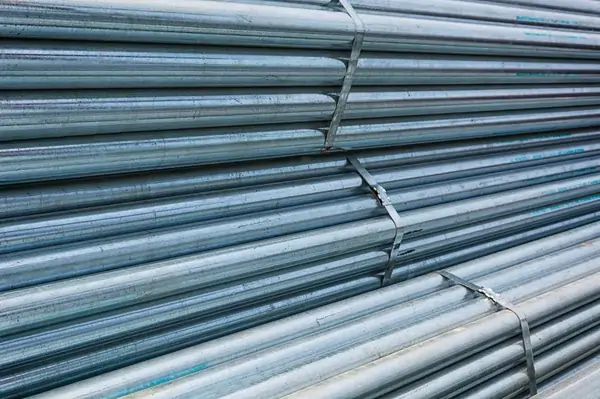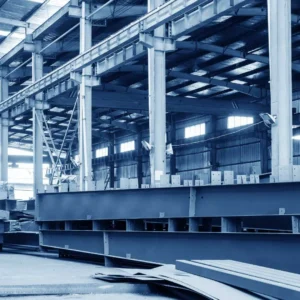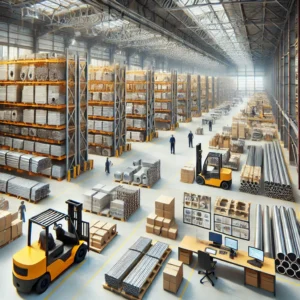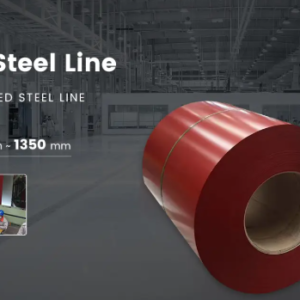Asian Metal Prices: Trends, Drivers, and Global Impact

Global Steel Supply Chain in 2025: Trends, Challenges & How Midwest Steel Supply Stands Out . Asia plays a pivotal role in the global metal market. From China’s massive steel production to India’s growing demand for aluminum and copper, Asian countries are not just consumers but also significant producers and exporters of various metals. The prices of metals in Asia—whether ferrous or non-ferrous—serve as critical indicators for global supply chains, investment decisions, and commodity trading. This article examines the current state of Asian metal prices, the factors driving these fluctuations, and their implications for the global market.
Key Metals and Their Significance in Asia
Several metals dominate the Asian commodities market. These include:
-
Steel (both stainless and carbon)
-
Aluminum
-
Copper
-
Nickel
-
Zinc
-
Lead
-
Rare earth elements (REEs)
Among them, steel and aluminum are the most widely produced and consumed, with China, India, Japan, and South Korea being major contributors. On the other hand, countries like Indonesia and the Philippines play a significant role in the supply of nickel and other essential minerals.
Current Trends in Asian Metal Prices
1. Steel
As of early 2025, steel prices in Asia remain volatile. While there was a sharp increase in late 2023 due to post-COVID recovery and infrastructure booms, 2024 saw a dip due to weaker real estate demand in China. However, the prices are again trending upwards as the Chinese government initiates fresh stimulus packages to revive the construction and manufacturing sectors.
2. Aluminum
Asian aluminum prices are largely influenced by energy costs, especially since production is energy-intensive. In recent months, prices have edged higher due to supply constraints caused by stricter environmental regulations in China and power shortages in Southeast Asia.
3. Copper
Copper prices in Asia have surged due to robust demand from green energy sectors such as electric vehicles (EVs) and renewable energy infrastructure. China’s ongoing investments in electric grids and clean tech are further boosting demand.
4. Nickel and Rare Earth Metals
With the global push towards electric mobility, Asia’s nickel prices, particularly in Indonesia, have seen significant gains. The Philippines and China are also expanding their capacities to meet the growing battery demand.
Factors Influencing Asian Metal Prices
A. Supply and Demand Dynamics
At the heart of any commodity pricing is the basic principle of supply and demand. Asian economies—especially China and India—have massive demand due to infrastructure growth, urbanization, and industrial expansion. When demand outpaces supply, prices rise; when production overshoots consumption, prices fall.
B. Government Policies and Trade Regulations
Policy decisions in Asian countries can have far-reaching consequences on metal prices. For instance, China’s cap on steel production to meet carbon emission targets can limit supply and drive prices up. Similarly, India’s export tariffs or Indonesia’s ban on unprocessed nickel exports can reshape global trade flows and cause price fluctuations.
C. Energy Prices and Input Costs
Metal production is energy-intensive. Rising electricity or coal prices in Asian nations—particularly in China and India—can increase production costs, thereby lifting metal prices. Additionally, the costs of other raw materials such as coke (for steel) or bauxite (for aluminum) play a critical role.
D. Currency Fluctuations
Since most metal transactions are conducted in USD, fluctuations in the Asian currencies can affect local pricing. A weaker yuan or rupee may push up import costs, indirectly increasing domestic metal prices.
E. Geopolitical Tensions and Logistics
Supply chain disruptions due to geopolitical tensions (e.g., Taiwan Strait concerns, India-China border disputes) or logistical issues (port congestion, shipping delays) can restrict the movement of metal goods, influencing market prices.
Asian Metal Prices and Global Impact
Asian metal prices have a global ripple effect. Since China alone accounts for over 50% of global steel and aluminum production, any pricing trend in Asia is likely to influence prices in the U.S., Europe, and other regions.
Furthermore, Western industries reliant on Asian imports—for example, EV battery makers in Europe depending on Indonesian nickel—are closely watching Asian markets. Any price hike or export restriction in Asia can lead to cost increases in other markets.
Outlook for 2025 and Beyond
Looking ahead, the Asian metal market is expected to remain dynamic. Some anticipated developments include:
-
Increased focus on sustainability: Environmental regulations will become stricter, pushing producers to adopt cleaner processes, which could raise costs and prices.
-
Shift in production hubs: While China will remain dominant, Southeast Asia (Vietnam, Indonesia, Philippines) may gain ground due to lower labor costs and trade partnerships.
-
Tech and green energy demand: Demand for copper, nickel, and rare earths will likely skyrocket due to global decarbonization goals.
Conclusion
Asian metal prices are a critical component of the global commodities landscape. Whether you’re a trader, manufacturer, or policy-maker, understanding the trends and drivers in the Asian market can offer valuable insights. As global industries become increasingly interlinked, what happens in Asian metal exchanges and factories reverberates worldwide. Keeping an eye on Asian metal prices is not just advisable—it’s essential.






